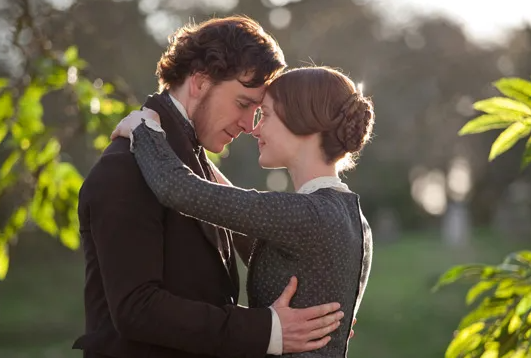The Use of Mystery in Jane Eyre
The allure of mystery in literature captures readers’ imaginations, and “Jane Eyre” by Charlotte Brontë is a prime example. With its haunting secrets and enigmatic characters, the novel employs mystery to deepen emotional connections and enhance themes of identity and love. Understanding how Brontë masterfully weaves mystery into her narrative can enrich our appreciation of the text.
Exploring the Gothic Elements
One of the most striking aspects of “Jane Eyre” is its incorporation of Gothic elements. The eerie Thornfield Hall, with its shadowy corridors and hidden rooms, sets a perfect backdrop for suspense. The presence of Bertha Mason, the “madwoman in the attic,” adds layers of intrigue and horror that compel readers to question not only her identity but also the societal norms of the time. Through these Gothic motifs, Brontë creates an atmosphere of tension that propels the story forward and keeps readers guessing.
Character Secrets and Development
Mystery in “Jane Eyre” is not only tied to settings but also to character development. From the outset, Jane herself is enveloped in mystery due to her troubled childhood. Her journey for self-discovery mirrors the unfolding mysteries around her. Similarly, Mr. Rochester is shrouded in secrets that create a complex dynamic between the two characters. As layers of their personalities are peeled back, the evolving mystery draws readers deeper into their struggles for love, acceptance, and freedom.
Themes of Social Critique
The mysteries in Brontë’s novel serve a dual purpose; they not only entertain but also critique societal expectations. The revelation of Bertha’s existence symbolizes the repressed and marginalized women of the Victorian era. By unveiling this hidden character, Brontë addresses broader themes of gender and class inequalities. Each mystery is a vessel for exploring deep-seated issues, making the tale not just a romance, but a profound commentary on society’s failings.
In conclusion, the use of mystery in “Jane Eyre” adds richness to its narrative, inviting readers to delve into its complexities. By exploring Gothic elements, character secrets, and social themes, Brontë crafts a timeless story that continues to resonate. If you’re intrigued by the mysteries of “Jane Eyre,” consider revisiting the novel or exploring further analyses to uncover even more hidden depths.
